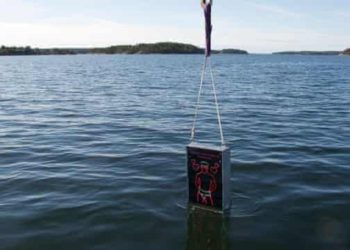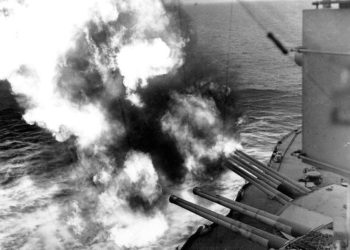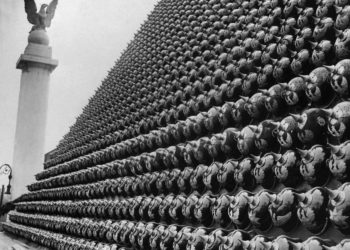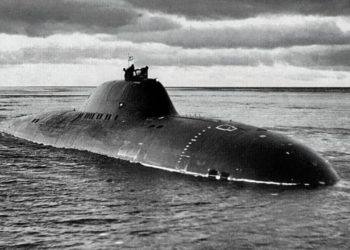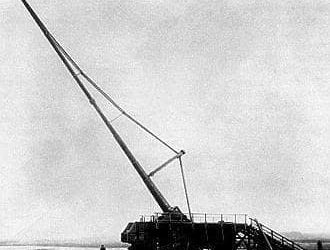Type XXI Elektroboote U-boat: Mother of all Modern Submarines
Also known as “Elektroboote” Type XXI U-boat was one of those World War Two’s revolutionary pieces of work that has changed the history of submarine warfare forever.
Born out of a desperate situation, it was a revolutionary piece of work exemplifying German technological advancement during the World War era. Although she came too late to change the war, Type XXI U-boat later influenced many Soviet and Western submarines alike in the post World War Two era.
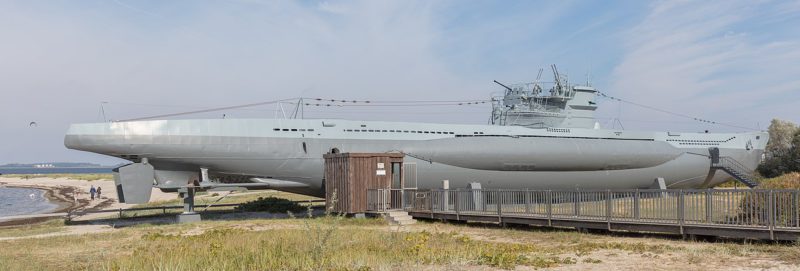
Prologue
The Kriegsmarine had a reputation of being a decent force with underwater capabilities. At the beginning of the war, might of Kriegsmarine was clearly witnessed by allied navies. By using “Unrestricted Submarine Warfare” Germans had pushed the British to its limit in the sea. At that time the backbone of Kriegsmarine was made of Type VII class submarines. From 1942 Germans have realized that their edge in submarine warfare is shifting and from May 1943, they started to lose massive number of U Boats than the previous wars.
Type VII had reached it’s limit due to the advanced enemy short wave radar, Hedgehog (ASW weapon consisted of Spigot mortar) which would use contact fuse to destroy enemy submarines, depth charge, High Frequency Direction Finder, Squid ASW weapon, Leigh light mounted on ASW aircraft, combination of different vessels, scout aircraft to find submarines and change of ASW tactics made it tough for the “Wolf Pack” to gain supremacy in the sea.
But in reality, the mass produced Type VII class were little updated versions of their previous class. Type VII faced numerous challenges with the passing of time. It couldn’t submerge underwater to hide from enemy ships and aircraft. The same problem was faced by other German submarines at that time.
The Type VIIC variant (661 were produced in German shipyards from 1940 to 1944) could travel 6,500 nautical miles (12,045 km) at 12 knots on the surface, being propelled by two diesel engines (maximum surface speed was 17 knots); underwater, on battery-supplied electric motors, the VIIC could travel only 80 nautical miles (148 km) at four knots; top underwater speed was 7.5 knots.

After perhaps a half hour at maximum submerged speed, or a day at “creeping” speeds, the submarine had to surface to recharge the battery, using diesel engines, which also propelled the submarine while on the surface. Walter would achieve greater underwater endurance and higher speeds through the use of hydrogen-peroxide propulsion.
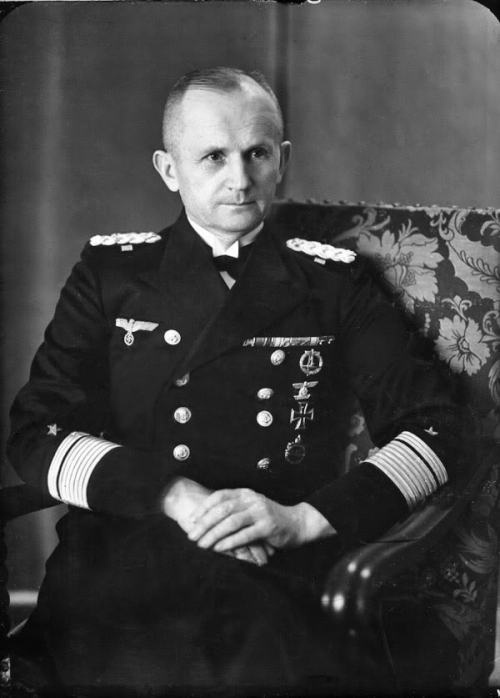 Under his scheme submarines would have a streamlined hull and would be propelled by a closed-cycle turbine plant using the thermal energy produced by the decomposition of a high concentration of hydrogen peroxide (Perhydrol). It was a complex system that enabled a turbine to be operated in a closed (submerged) atmosphere to provide sustained high underwater speeds.
Under his scheme submarines would have a streamlined hull and would be propelled by a closed-cycle turbine plant using the thermal energy produced by the decomposition of a high concentration of hydrogen peroxide (Perhydrol). It was a complex system that enabled a turbine to be operated in a closed (submerged) atmosphere to provide sustained high underwater speeds.
Basically these ideas would give birth to the V-80 prototype which was run to with such a power plant.
By 1942 several Type XVIIA Walter experimental boats and more 24 Type XVIIB submarines plans have been taken by the German authority. But unfortunately none of these submarines were ready for mass production. In November 1942 a conference was held near Paris in France Rear Admiral Karl Dönitz came to know that these Walter boats are nowhere ready for service.
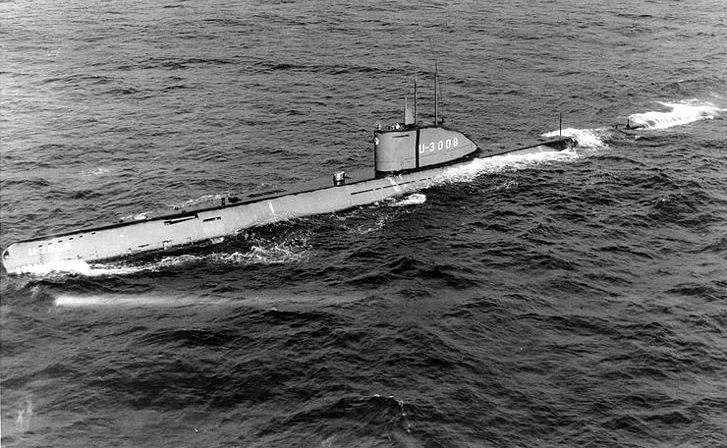
Moving Towards a new design, “Type XXI”
By keeping limited time in mind, Hull Designer Friedrich Schürer and Propulsion Engineer Fritz Schurer gave their own ideas of designing a new submarine for Kriegsmarine.
The duos took Walter’s streamlined hull for the new U-Boat design and doubled the number of electric batteries. These lead the new design to lag behind Walter Boat in terms of performance but provided greater underwater speed and endurance than other submarines at that time. The use of huge electric batteries for running the submarine gave her the name “Electro U Boot.”
Design and Construction
At the same time Walter proposed fitting the electro submarine with a Schnorchel (Snorkel) device that could draw in air from the surface for the diesel engines and expel exhaust gases just below the surface.
This would permit the operation of diesel engines while being submerged, to propel the boat and and recharge the batteries, giving the U-Boat the possibility of sustained underwater operations. Further, the head of the snorkel induction mast could be coated with radar absorbent material to prevent detection of the snorkel mast extending above the surface.”
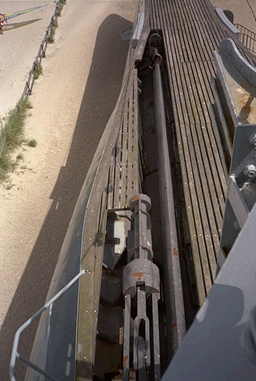
This design later evolved into Type XXI U-boat. Type XXI was larger than Type VII class and has a streamline hull, devoid of protuberances. Instead of a large conning tower with gun platforms and an inertial pressure chamber that serves as an attack center, the Type XXI had a streamlined sail, or fairwater, around the shears that supported periscopes and other masts and antennae.
Beyond two standard electric motors, she has two crawling motors for quieter operation. These could propel the submarine at five and a half knots for 320 nautical miles, an unprecedented underwater endurance for a submarine. The submarine was designed to operate depth of 440 feet(135 meter), slightly greater than its foreign counterparts. But it’s crush depth predicted at almost 1,110 feet(340 meter), far greater than any other submarines.
This ambitious program was authorized personally by Hitler on 29th July 1943. Construction of a Type XXI submarine was to have taken six months from the start of rolling steel for the pressure hull to completion. The first stage in fabrication of the Type XXI hull was done at steel works, which rolled and cut the necessary steel plates and manufactured the pressure hull sections. The sections were assembled at 32 factories that specialized in steel and boiler production.
Weapons
It had six torpedo tubes which were fitted in the bow, the torpedo room and the forwardmost of the six compartments could accommodate 17 reload torpedoes. A semi automatic hydraulic reloading system enabled a Type XXI tov fire second rounds of salvos of six torpedoes within the ten minutes of firing first salvos.

This was a far faster firing rate than previous submarines; U.S. fleet boats of the war era required 35 to 40 minutes to reload the six bow torpedo tubes. American fleet boats in that era needed minimum 35~40 minutes to reload six bow torpedo tubes. These short period of time firing capabilities made it into a more potential lethal predator under sea.
The modified Type XXI-C submarine which was never completed had 6 bow torpedoes tubes plus 12 amidships tube firing aft. That would be 18 torpedoes with no reload capabilities. With 18 torpedoes, Type XXI-C would have given a bloody nose to the allied marching shipping and their convoy escort.
The Type XXI’s torpedoes consisted of the Lüt, a pattern-running torpedo, and the T11, a passive acoustic homing weapon. The latter was believed to be immune to the “Foxer” and other acoustic decoys used by the Allies. Under development for future U-boat use were active acoustic homing and wire-guided torpedoes. To help the Type XXI detect hostile ships, the submarine was fitted with radar and the so called GHG sonar, the most advanced acoustic detection system in service with any navy. The sonar was mounted in an under keel “balcony,” and hence was referred to as Balkon.
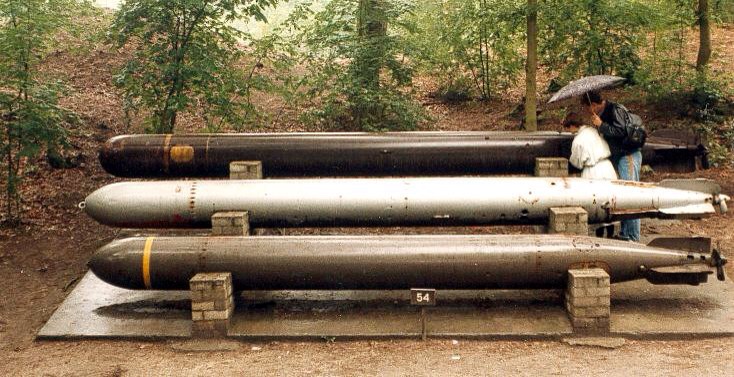 G 7E torpedo in the middle. G7E T3 was also could be attached with the Lut torpedo pattern.
G 7E torpedo in the middle. G7E T3 was also could be attached with the Lut torpedo pattern.
Sensor and Fire Control System
The GHG was key to an advanced fire control system fitted in the Type XXI. The submarine’s echo ranging gear and plotting table, specifically designed for such attacks, were linked to a special device for so called “programmed firing” in attacking convoys. As soon as a U-boat had succeeded in getting beneath a convoy, data collected by sonar was converted and automatically set in the Lüt torpedoes, which were then fired in spreads of six.
After launching, the torpedoes fanned out until their spread covered the extent of the convoy, when they began running loops across its mean course. In this manner the torpedoes covered the entire convoy. In theory these torpedoes were certain of hitting six ships of from 197 to 328 feet (60 to 100 m) in length with the theoretical success rate of 95 to 99 percent. In firing trials such high scores were in fact achieved.
Accommodation
Type XXI was bigger and better than Type VII class both in external and internal size. It had a bigger cooking room to serve different foods for the crews on board. It was ran by total 57 officers and crews on board.
Some privacy was provided for crew men by eliminating large sleeping compartments and by dividing the off watch personnel into fairly small groups, each within its own quarters that were segregated from passageways. Against these features there were bunks for only 47 men, meaning that ten men had to have hammocks or some crew members had to share the same berth.
The galley represented an improvement over earlier submarines. The cooking range permitted a greater variety of foods to be served, and twin sinks made it possible to get the mess and galley gear cleaner after use. These living conditions were far better than the average American submarines on those days.
Problems and Limitations
Type XXI production came in such a time when Nazi Germany was falling back in all front of war. Basically it was believed back then that the war will remain favorable at Nazi side and all kind of resources will be used to develop Type XXI. The first two prototypes were initially proposed to be produced at the end of 1944 and full production to begin at 1946, which pissed off Admiral Dönitz more than good enough to take the issue to the senior Nazi officials to be delivered and produce as quickly as possible.
Also by incorporating new technology during war time, it wasn’t a surprising fact that Type XXI wasn’t fully ready to be produced with essential needs as the Nazi Germany was losing resources day by day because of ally bombing and broken economy.
It was expensive as well. Delays of Production, incorporation of new technology, war time limitations, changing of wind at war, rushing development, not enough resources, blind belief in superior technology, extra expense all led to the delay of Type XXI’s production.
Type XXI lived it’s expectation at the hand of the allies as war time trophy and experimental subject to develop their own diesel electric closed cycle submarine.
Conclusion
Like many of Hitler’s “Wonder Weapons” Type XXI, its cousin Type XXIII, XVIII and other U-Boot family submarines were on the hands of allies for further submarine development. Their technological legacy is still a Great Leap Forward in the history of naval warfare.




